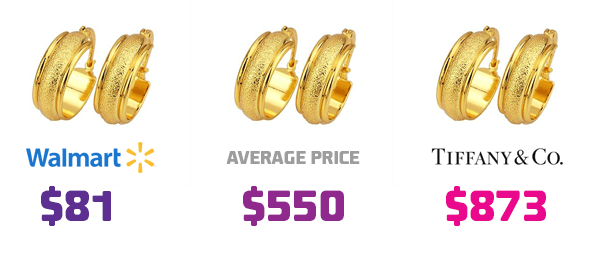“How do I raise my prices?” “How can I increase my profitability?”
Both of these are great questions for any business owner, but what are the ramifications of these questions?
Businesses compete on price… some compete for the highest, some the lowest, and some work within the affordable luxury category.
Have you identified your sweet spot? Are you going for commoditization and quantity through developing lightning fast delivery systems and systematized products and services? Or, perhaps your company offers bespoke programs designed specifically for the nuanced needs of the nouveau rich? A lot of work accompanies any pricing strategy and we want to help you identify what you need to do to get where you are going!
We believe that each of the above business models are valid exercises in enterprise, if (and only if) they are intentional and permeate all aspects of your branding. If you are going to charge more for something that can be gotten for less, you had better have a rock solid brand experience that delivers more emotional satisfaction than the business down the street. If you are trading in commodities, your organization’s identity would do well to live and breathe efficiency in order to keep those prices as low as possible.
With all of the above stated, let’s face it, when a company has the ability to charge 10% or even 50% more than what a competitor charges for a similar product (Read: Apple, Prada, Burberry, Tiffany et al.) they are probably going to be far more profitable than the competition. Greater profit equals more time with family and friends, peace of mind, and innumerable other rightfully earned rewards.
We all want highly profitable businesses, right? Well, let’s learn just how profitable fantastic branding really is and maybe that will help us decide which direction to head in.
To demonstrate the power of brands which shape expectations, Tim Calkin, Associate Professor at the Kellogg School of Management, conducted a simple study with MBA students. He first asked the students what they would expect to pay for a pair of good quality 18 Karat gold earrings with 3 Karat diamonds. He asked a second group of students how much they would pay for the same earrings? Only this time he added the words “from Tiffany.” He asked the third group the same question, but this time changed “from Tiffany” to “Wal-Mart.”
The results were striking. The average price for the unbranded earrings was $550, with Tiffany’s branding the average price increased to $873, a jump of 60%. With Wal-Mart the price expectation fell to just $81, a decline of 85% from the unbranded earrings and a decline of 91% from the Tiffany branded earrings.

So, if you’d like to learn how to have a brand that generates a Tiffany-like experience for its customers (such as several of our Elite clients do, including Creative Love and Kaikini Bikinis then just drop us a line on our Contact Page.







